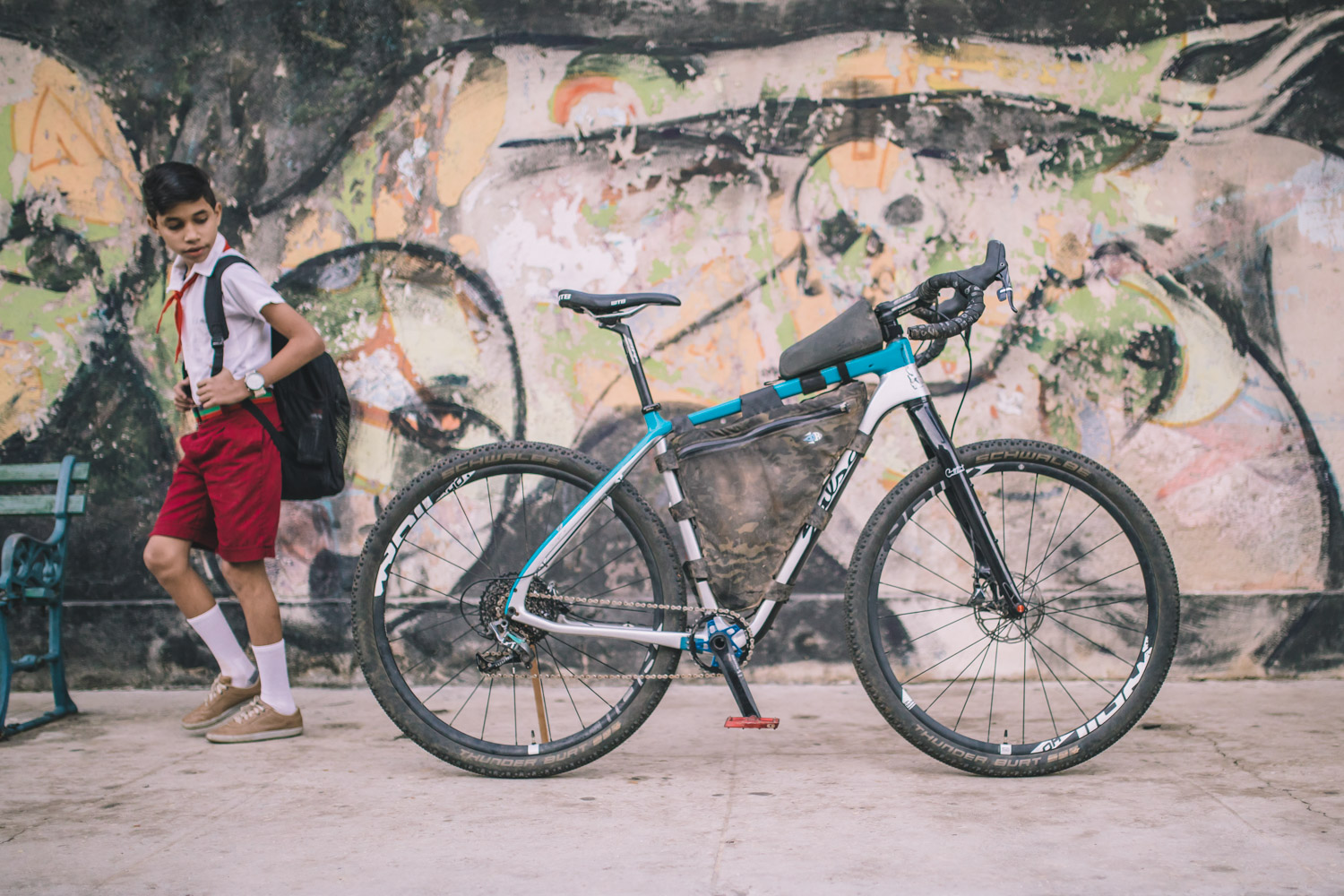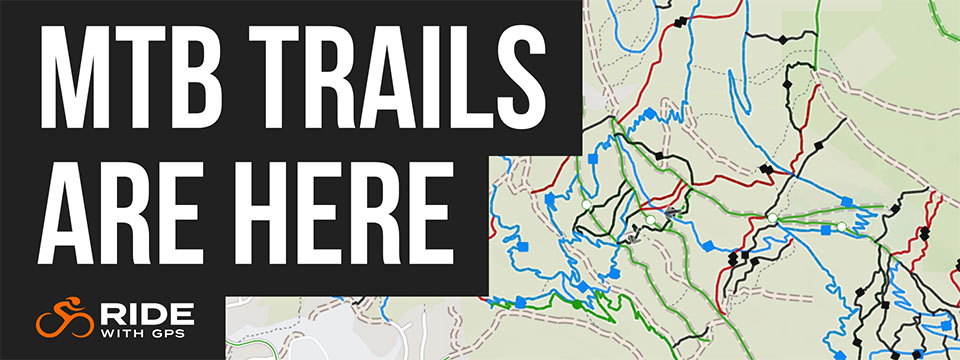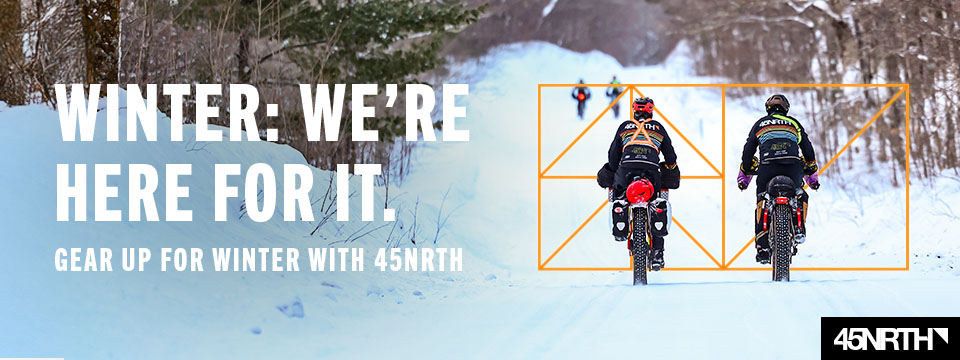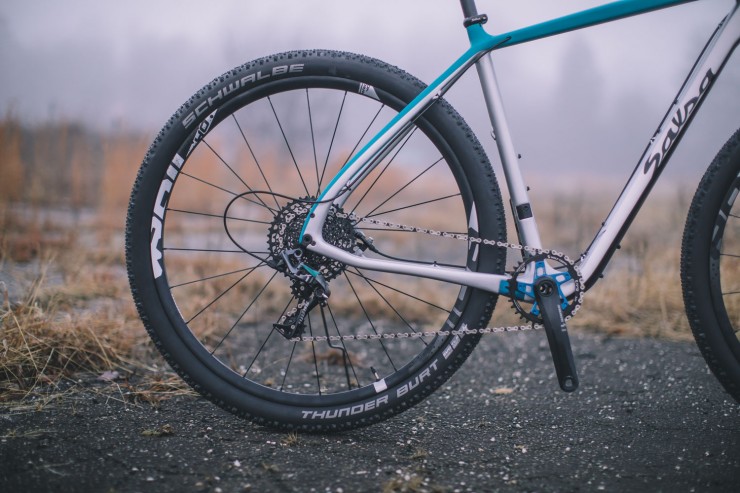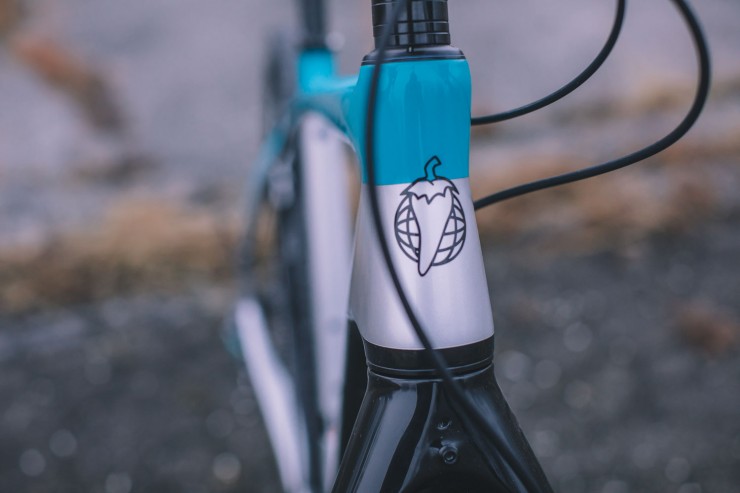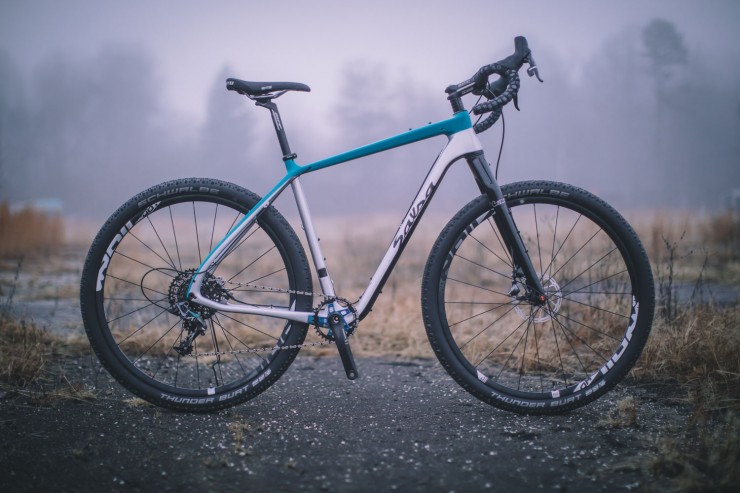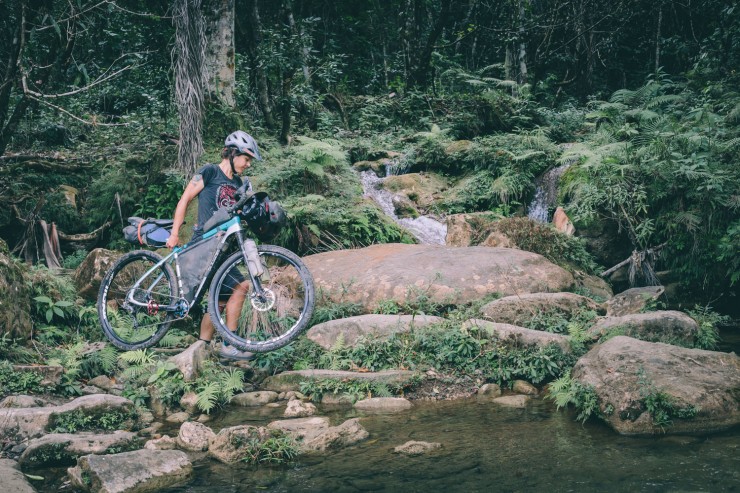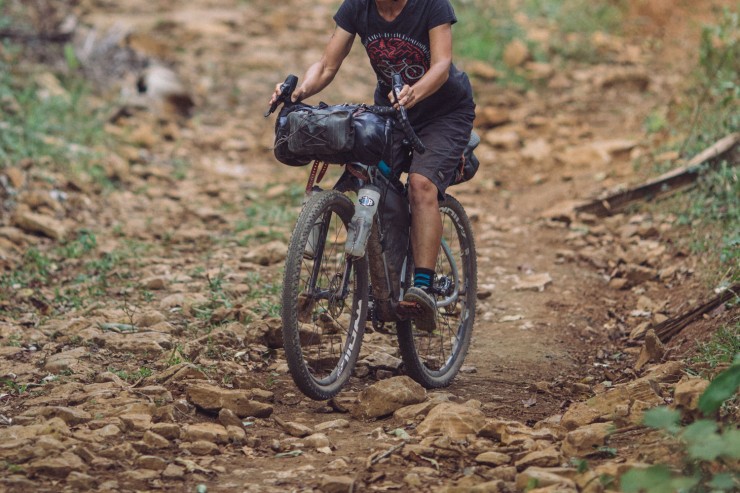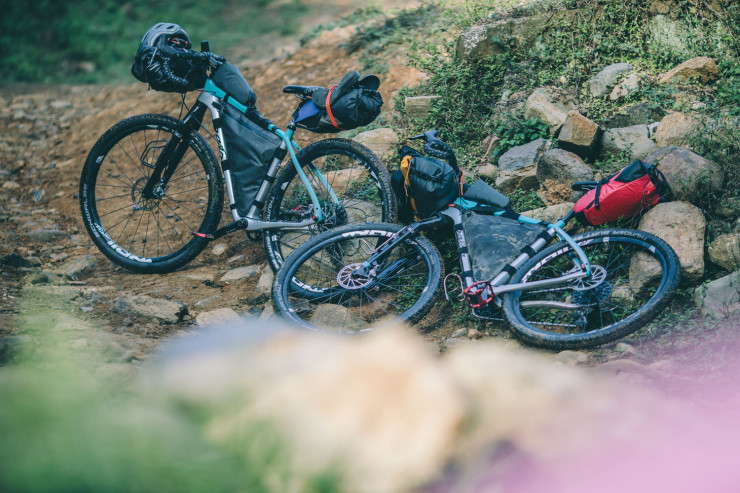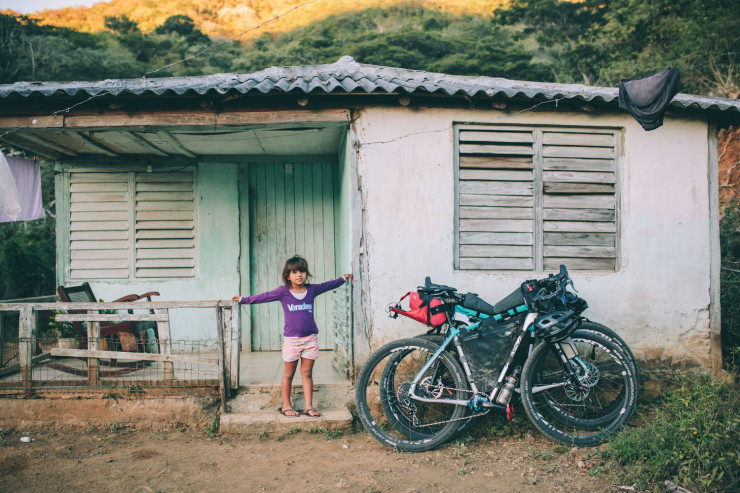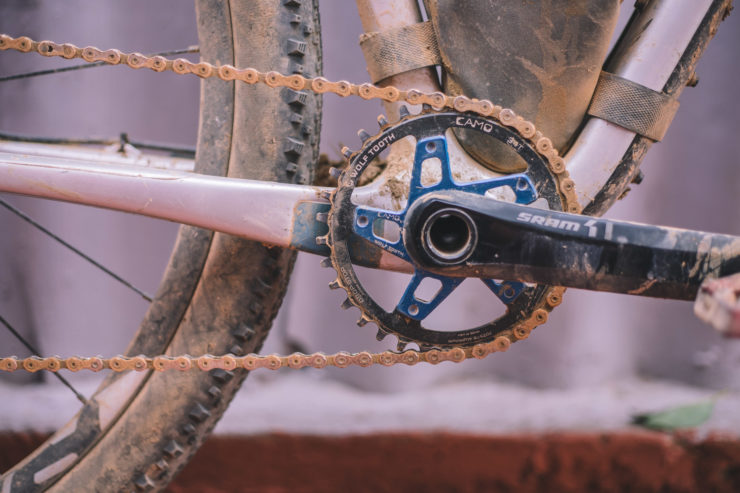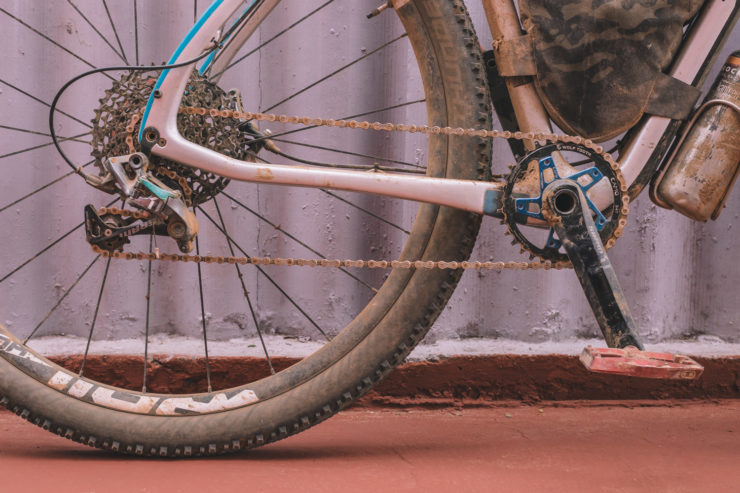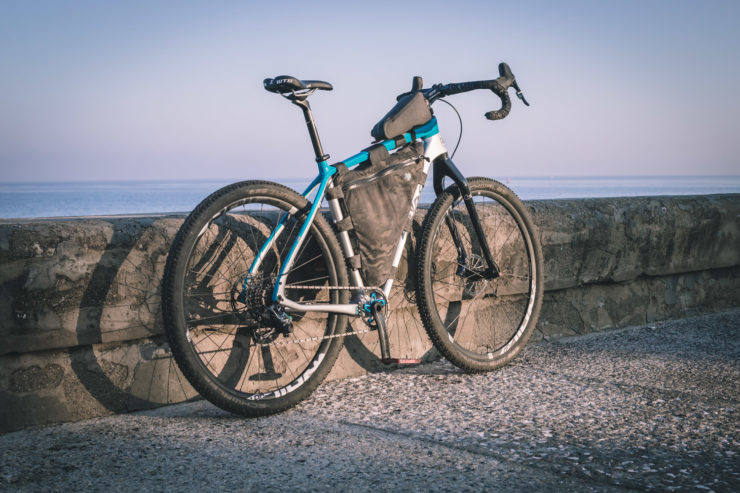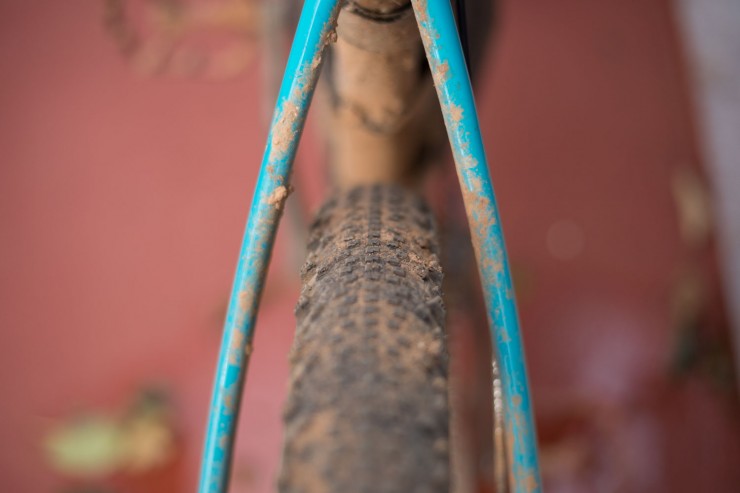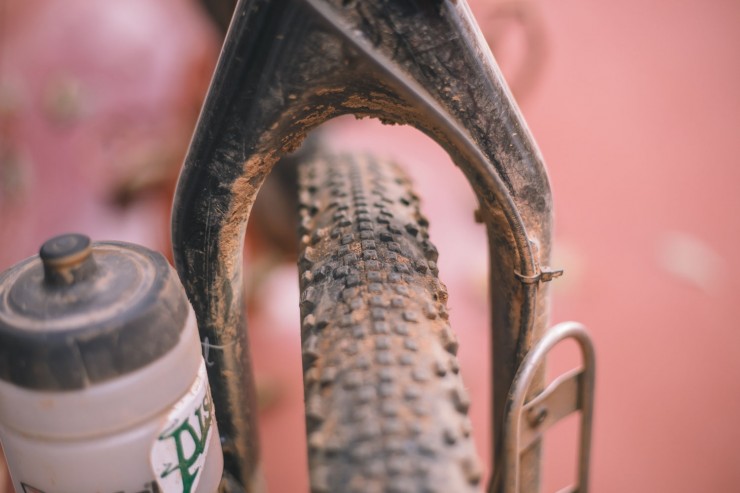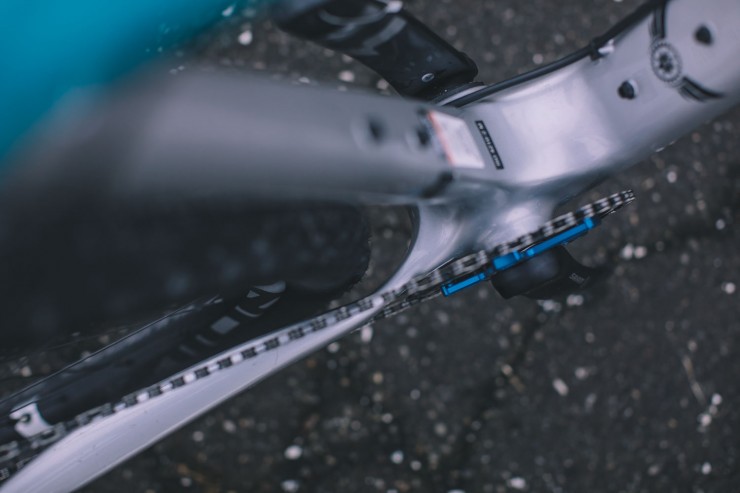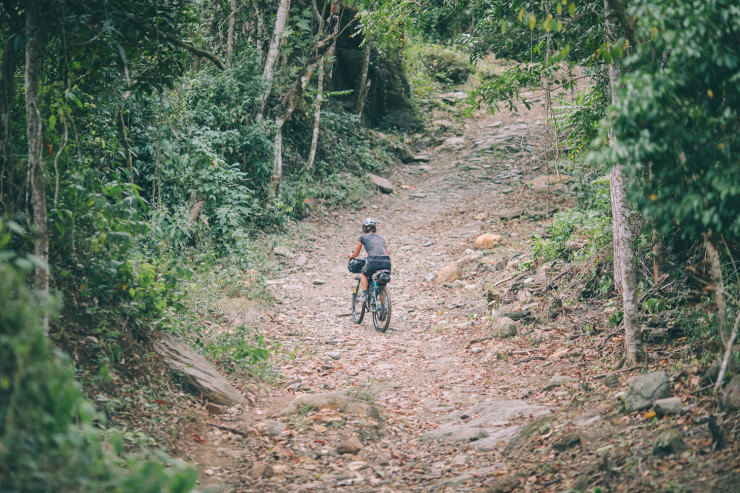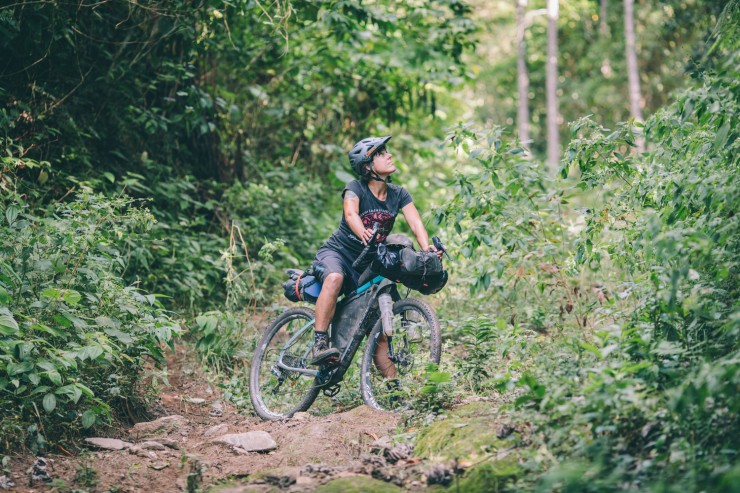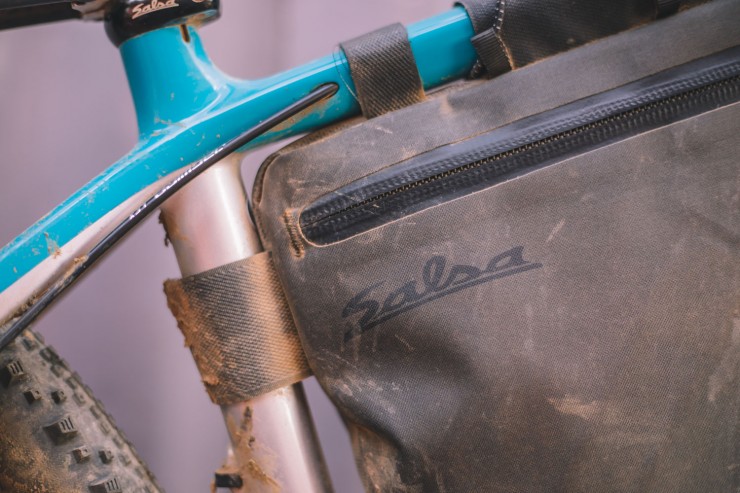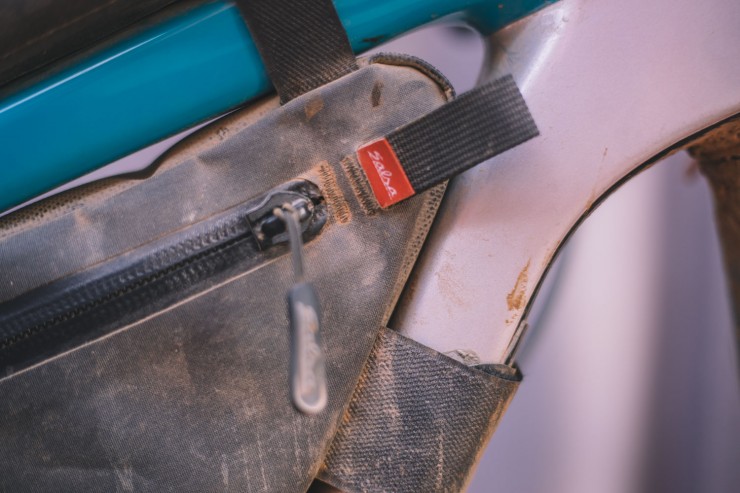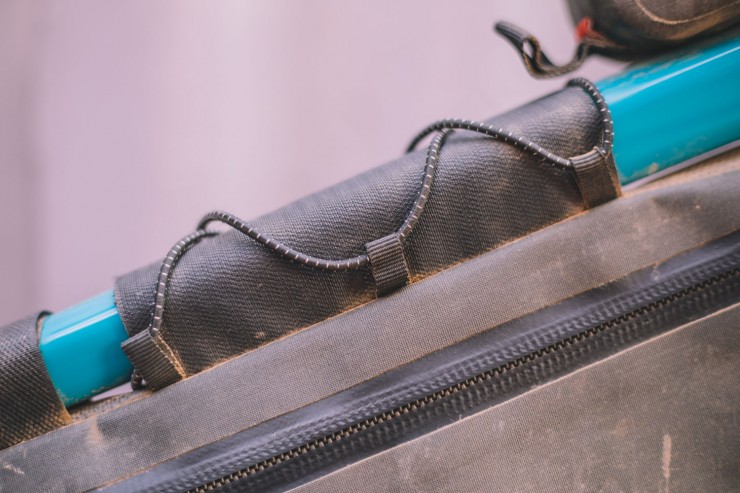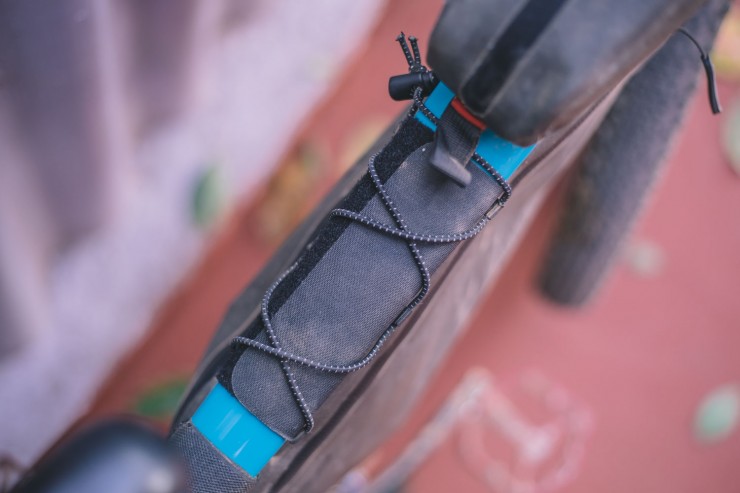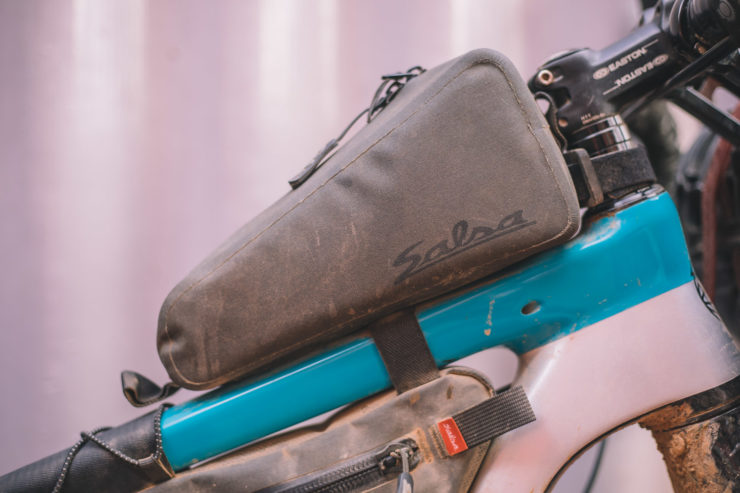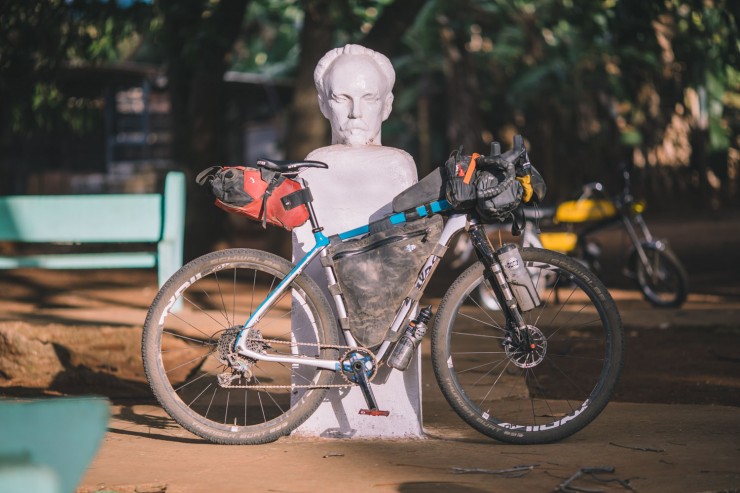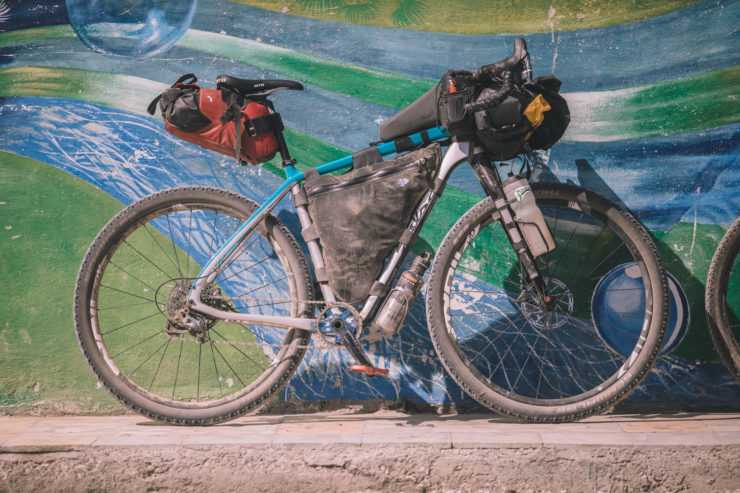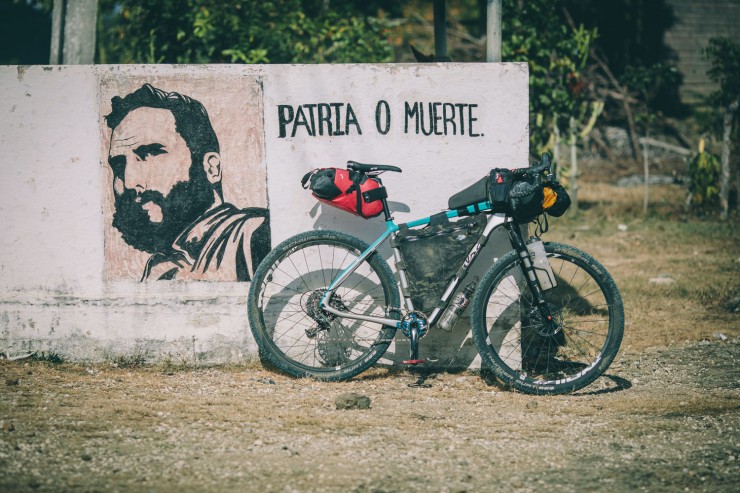Salsa Cutthroat Review: 983,000 Revolutions.
Without much ground truth beta, we handpicked the Salsa Cutthroat to scout an off-pavement bikepacking trip across Cuba — a decision based on scattered intel, topographical maps, satellite imagery, and logical thinking. In spite of our planning, we misjudged the terrain. But what about the bike?
PUBLISHED Aug 28, 2017
UPDATE: Be sure to check out the 2020 Salsa Cutthroat review (v2) here
Back in July of 2015, on the same day 150-some-odd bikepackers set out from the Grande Depart to duke it out on the 2,745-mile Tour Divide, Minnesota-based Salsa Cycles launched the first widely available bike designed specifically for an annual bikepacking race. Everything about the Salsa Cutthroat, from its pot-bellied downtube and flattened tube profiles — both designed to provide more frame bag space — to its carbon Firestarter fork with ‘three-pack’ bottle mounts, to the Vibration Reduction System built into the stays, to its light but sturdy wheels with straight gauge spokes, was engineered, tested, and specced explicitly for this arduous and grit-testing route. The Cutty even comes with a glossy map graphic of the Great Divide Mountain Bike Route on its downtube. Sounds like the perfect bike for an un-scouted, off-road traverse of a Caribbean island, right? We took it on this ride and a whole lot more for this long-term review…
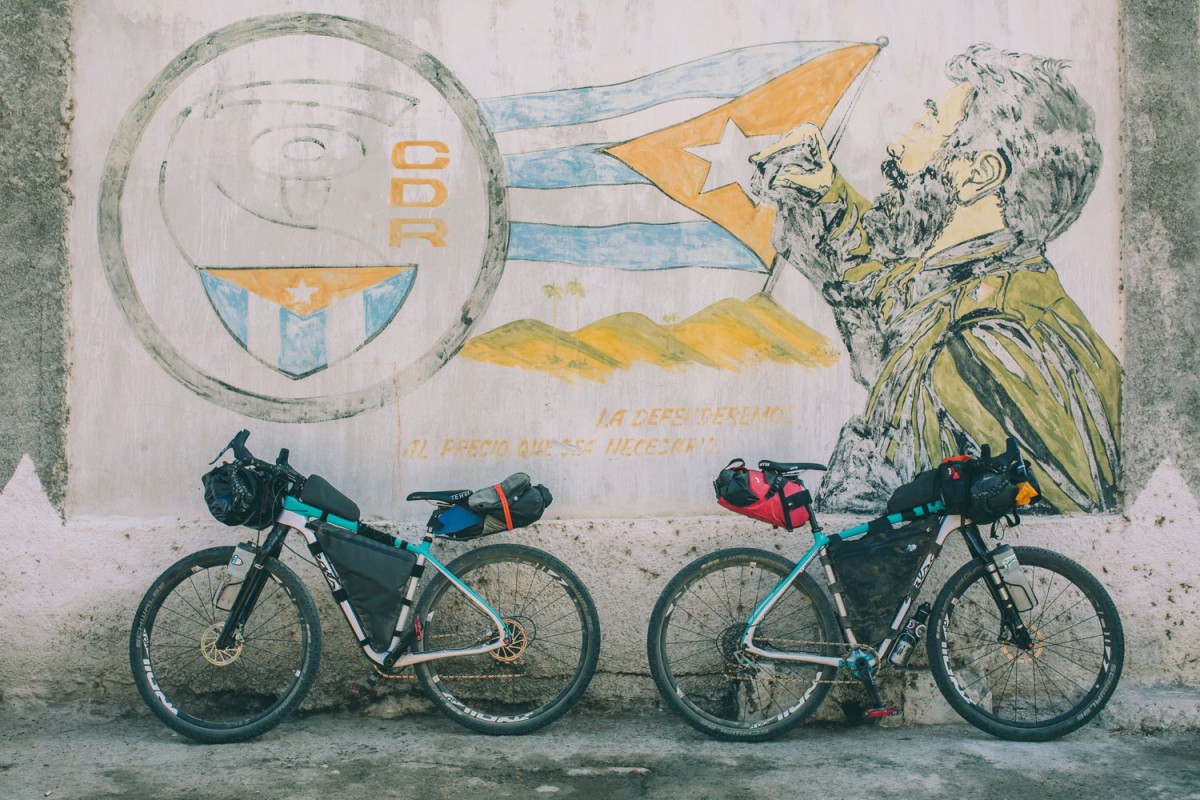
- Highlights
- Frame: Carbon, 100mm Suspension-corrected
- Seatpost: 27.2mm
- Bottom Bracket: PressFit 41x92mm
- Hub specs: 142x12mm (rear); 100x15mm (front)
- Max tire: 29×2.4″
- Weight: 20lbs 10oz/9.36kg (Medium)
- Price: $3,999 (Force 1x)
Tour Divide vs Cuba vs Cutthroat
In planning our three week, 900 mile ride across Cuba, I envisioned a route over rough, generally flat and washboarded gravel, long stretches of sand, intermittent bolts of broken pavement, and a few mountain dirt roads scattered in between… a mishmash akin to the surfaces found on the GDMBR. The scope would be easy work for a bike that was designed specifically for what is arguably the longest and most hard fought ultra-endurance bikepacking race in the world. But we really didn’t know what to expect. As far as we could tell, no one had completed a full off-road traverse of Cuba, and there wasn’t much detail on many of her tracks, both mapped or otherwise. With our ill-informed instincts guiding the way, Virginia and I coerced Salsa into loaning us a pair of the latest 2017 Force 1x Cutthroats to tackle this semi-blind scouting mission. Based on our research, the Cutthroat seemed like as good of a match as any for a route we really didn’t know much about, other than the fact that we’d cross three mountain ranges, coastal jungles, and everything in between. As always, our goal was to have a bike (and all its components) that could competently handle the variety of surfaces, topography, and conditions that our route would dish out.
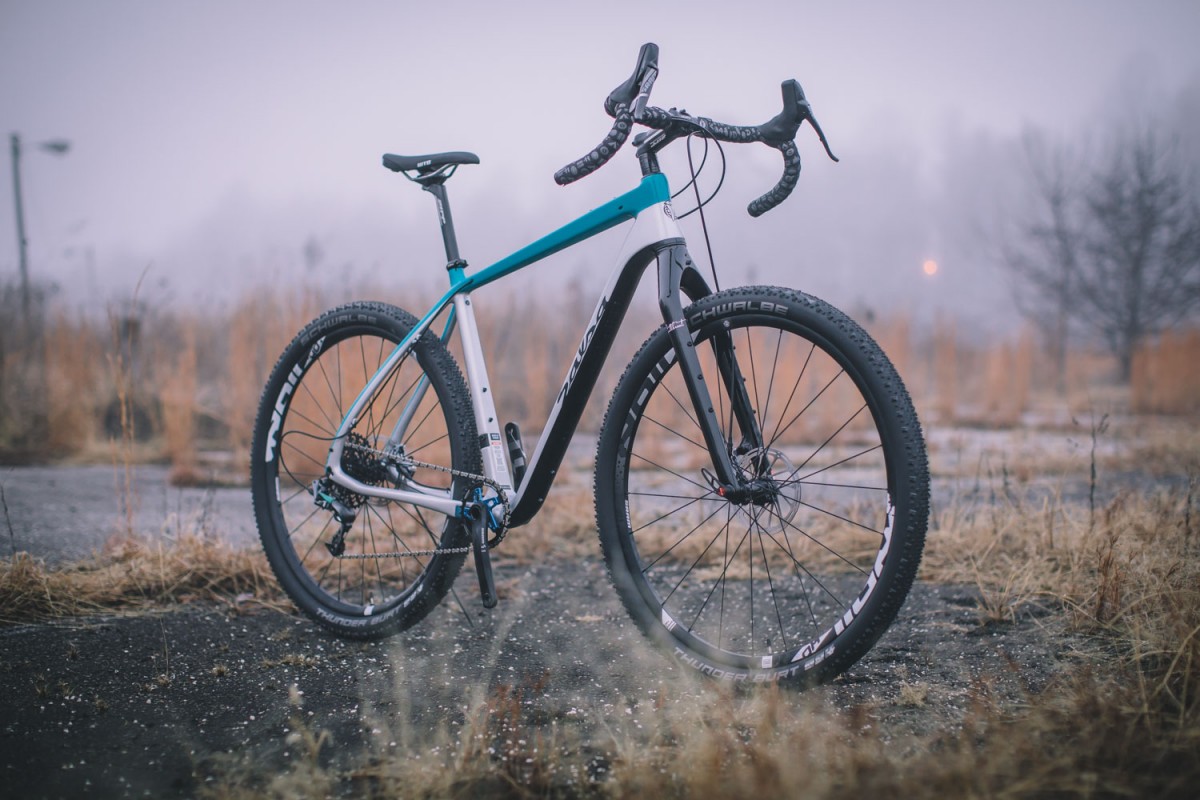
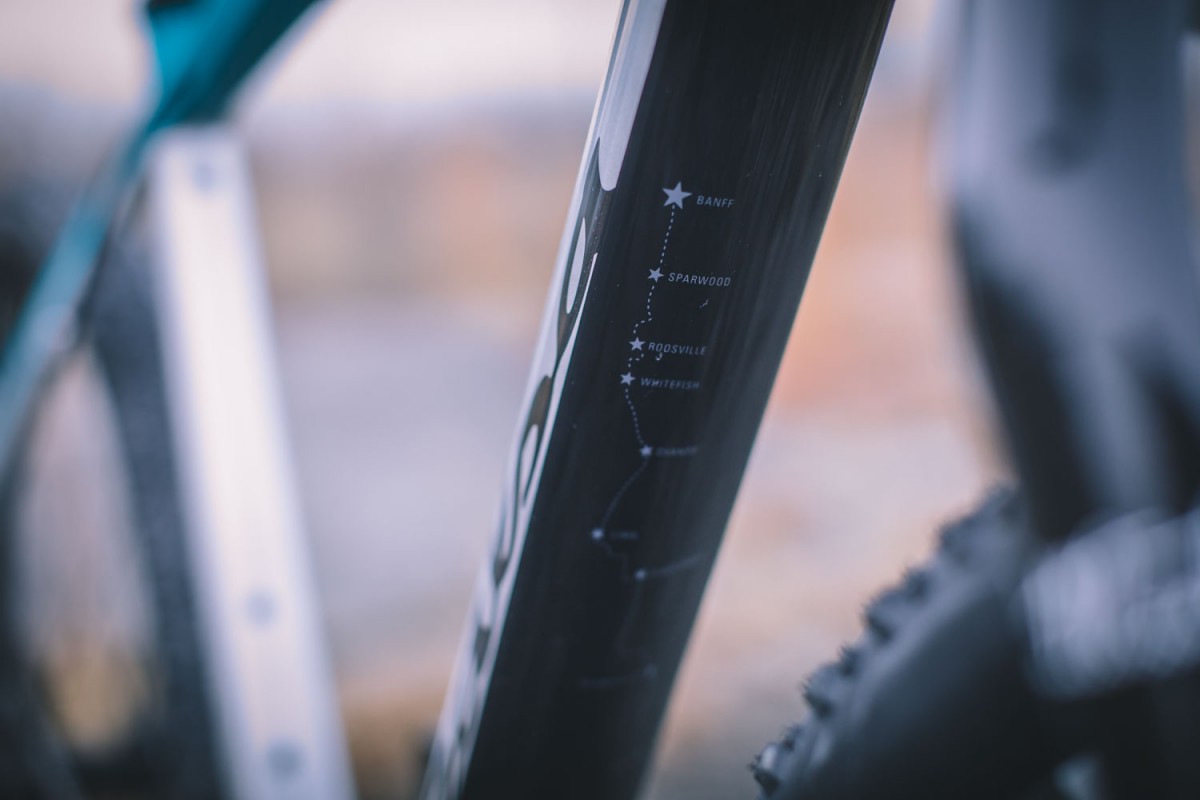
Nonetheless, Cuba shattered pretty much all of my expectations, including those related to its topography and terrain. In hindsight, our most accurate description, albeit a modest one, is that “Cuba doesn’t give up its goods easily”. Our route threw as many curve balls as Cuba has baseball fields, including descents deserving of a 160mm travel full-suspension rig, bogs and sand fit for a fat bike, and technical trails where a solid, plus-tire hardtail would be best to pick through the rubble. Where we anticipated meandering dirt roads in the mountains, we found primitive, chunky, rutted, and beastly tracks. We discovered steep, rocky singletracks and punishing agricultural horse paths. There were mud slogs, swamps, and river crossings, and even a couple of epic hike-a-bikes. Flowy trails and smooth winding dirt roads are a rarity in Cuba. It was far more rugged than we’d expected, but the trip itself was incredible… it was an assault on the senses, and on the bikes we rode.
Touring on a Carbon bike
One of the beautiful things about carbon bicycles is that they typically don’t feel heavy or sluggish, even when loaded down. In addition, they are generally more resistant to vibrations and associated fatigue — a testament to the compliance of carbon fiber — which for a long tour, arguably outperforms all other frame materials. Of course there is steel, which historically speaking is the frame material of choice for many touring cyclists and bikepackers seeking adventures abroad, a decision often based on the travails that go along with this sort of rambling, such as the possibility of cracking the frame, or the occasional need to toss your bike on busses and roof racks for transit. Considering the price to potential damage ratio, this makes sense. But carbon is far tougher than many people assume, and there are precautions one can take to avoid damaging the frame with nicks and dings.
Anyway, bikes such as the Salsa Cutthroat aren’t meant to be treated with kid gloves and polished inside a temperature-controlled garage. They are meant to be ridden over rough chunder for 18 hours a day, thrashed, and hammered. With that said — after bringing along a carbon bike on two recent big trips — I would recommend proper preparations. Bikepacking bag straps can do a number on a carbon frame when rubbing continuously for a month or two straight, specifically the headtube where the handlebar bag and associated anchor strap makes contact (and actually can rub holes in carbon over time). In addition, the upper straps on a frame pack can often wear the paint a little. And, there are several places on a frame that are prone to damage from falls, getting rattled around in a bus, or just general use. For protection against abrasions, I recommend a product called Shelter by Cantitoe Road. It is a crystal clear padded gel tape you can put just about anywhere to protect your frame. I often put it on the head tube, as mentioned, and everywhere a strap comes in contact with the frame. In addition, you may want to apply Shelter wherever your bike is prone to dings and scratches (seat stays, underside of downtube, etc.). I use Shelter on steel bikes too.
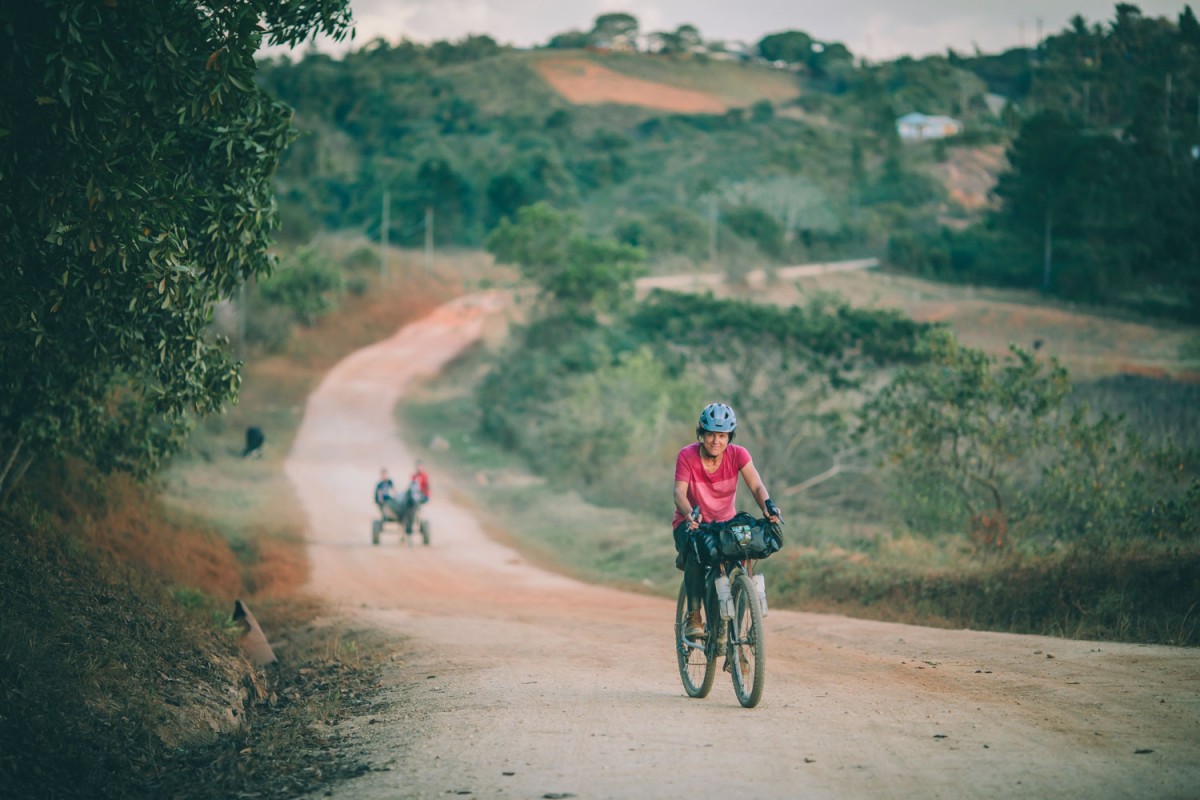
The Ride
Backpedaling a bit, prior to unboxing and throwing a leg over it in Santiago de Cuba, there were a few things I knew about the supposed ride characteristics of the Salsa Cutthroat. It’s been out for a while and there are plenty of impressions floating about the interwebs, all of which painted it as an attractive option for this trip. First and foremost, the Cutthroat’s geometry helps create the stability and comfort that makes it suitable for epic dusk ‘til dark days on the dirt and gravel roads of the Tour Divide. Fitting the Cutthroat’s disposition, our trip started out with a lot of time in the saddle. Beginning our route from the east side of the island, the plan was to make 300+ hard miles in just a few days to meet a fourth riding compadre who flew into Camaguey. I immediately felt at home on the Cutthroat. And, after a couple of seemingly interminable days in the saddle, it became pretty clear that this bike was dialed in for lengthy rides. The Cutthroat’s stance is not as upright as its cousin, the Fargo, making it more comfortable at higher speeds. Honestly, that’s what this bike is all about. It pedals well out of the saddle and has a very predictable gate, as expected, but it’s also more nimble and responsive than I anticipated.
As for comfort, aside from the previously discussed benefits of carbon, the Cutthroat features a rear-end carbon stay design that Salsa calls the Vibration Reduction System. VRS is basically Salsa’s stay design — also found on the Warbird — made up of thin seat stays and wide, rectangular chainstays. This system allows the rear end to vertically absorb the edge off of rough roads, namely gravel and chunky dirt, a configuration that acts as leaf springs between the seat tube and the rear wheel. The flex, for lack of an accurate term, isn’t something that can really be forced or simulated when off the bike. But when moving quickly across variable bumpy terrain, the full carbon frame along with the VRS and relatively beefy 2.1” tires (set up tubeless) adds up to the most vibration absorbent drop-bar bike I’ve ridden to date. Even with the vertical give of the VRS, the bike itself is laterally stiff and equally as responsive when pedaling.
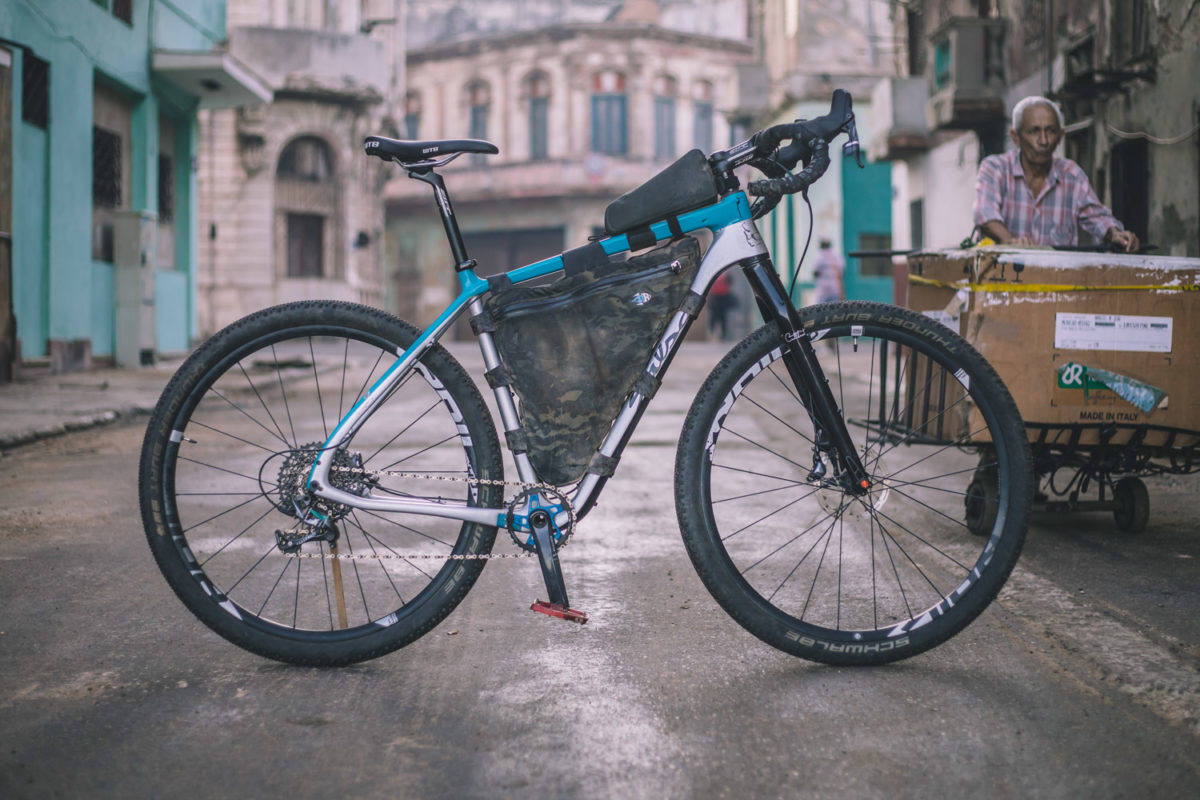
After hearing feedback, I was anticipating a pretty smooth ride so the aforementioned traits didn’t come as a great shock to me. However, as with Cuba itself, the Salsa Cutthroat held its fair share of surprises. Most unexpected was its versatility. It was the steep, technical climbs and attention demanding descents in the Sierra Maestra mountains where the Salsa Cutthroat revealed her greatest charms. I was expecting a bike that would leave me walking when the terrain got dicey; as I’ve found that to be the case for many drop-bar adventure bikes, be them too fragile feeling or just not confidence inspiring. The Cutthroat, on the other hand, was able to dissect rocky tracks as well or better than many 29ers I’ve ridden. And with two of us jackhammering these bikes for 20 days straight, I think I can attest to their durability.
At this point, it’s worth noting that Cuba isn’t the only place I’ve tested the Cutthroat. I hung on to the silver and blue Cutty for months after our trip, secretly hoping that Salsa would forget about it. I rode it unloaded on gravel, Pisgah singletrack, and around town. When the ground was too wet to ride trail, one of my regular winter out and backs from home took me to the top of Buckhorn Gap. This long, twisty, and, at times, chunky gravel and two-track climb led to a ripping return descent which I’ve experienced on several other gravel and adventure bikes. Bar none, the Cutthroat is the most confident drop-bar bike I’ve ridden down steep gravel. Period.
Why Drop Bars?
Given that the Cutthroat is indeed a mountain bike, some might find the curly Cowchipper drop bars an odd spec. However, those who’ve watched the Tour Divide and other similar races know that this is becoming something of a race standard, along side an aero-bar for those long stretches where headwinds and aerodynamics are the biggest contender. I generally don’t like drop bars, but I must say that the Cowchipper was a great choice for this bike. Climbing out of the saddle felt natural with my hands on the hoods and the bike’s responsiveness couldn’t have been better. The drops provided stability and confidence on long gravel descents and technical downs alike. And as most distance cyclists will profess, when the ride stretched out to a full day, having a variety of hand positions was a welcome relief. All of these factors owed to the right bars matched with the right geometry platform.
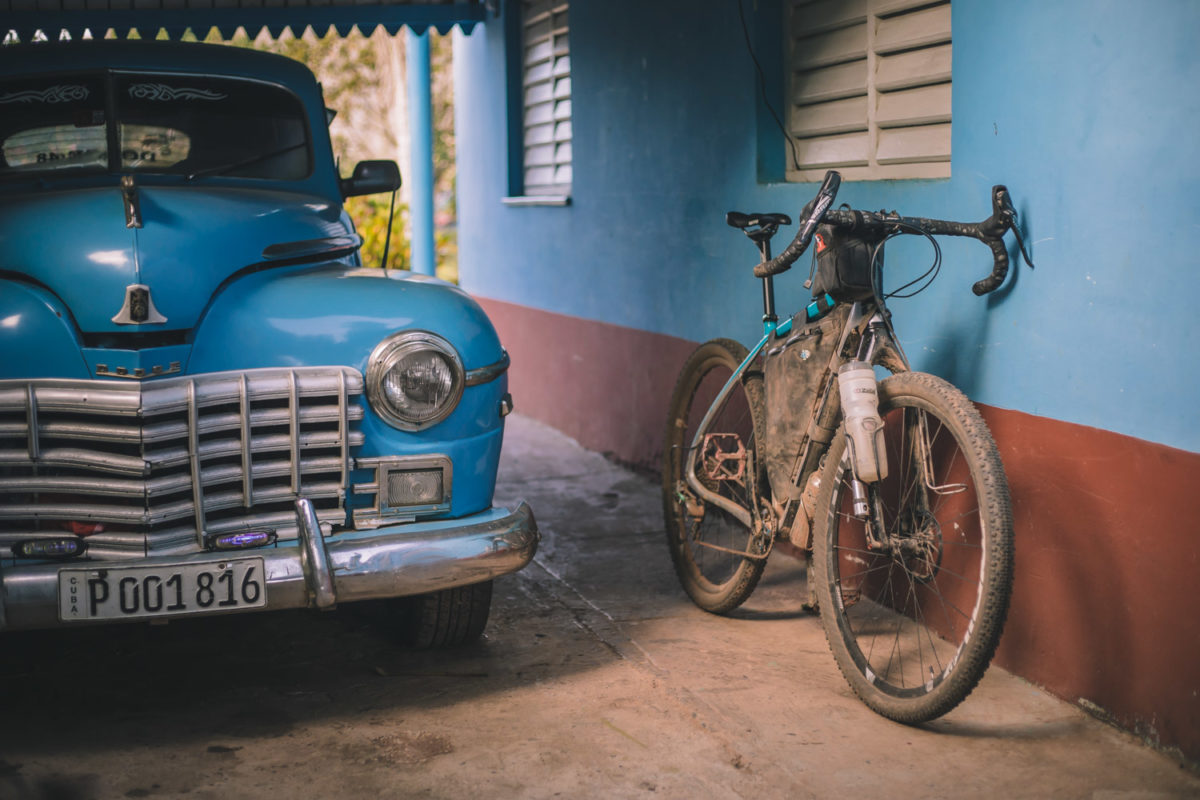
Salsa Cutthroat Force 1x Build
Generally speaking, the Force 1x Cutthroat is a solid spec without much room to quibble over necessary upgrades. For our anticipated route, the gearing was a little high, which we rectified before setting out by replacing the SRAM 38T X-SYNC ring with a Wolftooth CAMO and 34t ring. This netted us about 23 gear inches in the granny gear, which was fine for the lighter, summer weather loads we were carrying. I would likely consider a 36T ring up front and a Wolftooth 49T cassette expander ring if I were to use this bike on the Tour Divide. Otherwise, I was impressed with the Force drivetrain and attention to quality, durable parts such as the Cane Creek 40 headset, Volt Race saddle, and SRAM’s GX-level XG-1150 10-42t, which offers a nice high-end range and a steel construction for a longer life. Additionally, the Force hydros are a nice choice to help reduce hand fatigue on long rides.
Frameset
- Frame Cutthroat Carbon
- Fork Cutthroat Carbon
- Color Grey/Teal
Drivetrain
- Front Der n/a
- Rear Der SRAM Force 1
- Cassette SRAM XG 1150 10-42t
- Chain KMC X11
- Crankset SRAM X1 1400, X-SYNC 38t (switched to Wolftooth CAMO with 34t ring)
- Shifter SRAM Force 1x
- Brakes & Rotors SRAM Force Hydraulic Disc, Centerline 160mm
Components
- Headset Cane Creek 40
- Stem ZIPP Service Course
- Handlebar Salsa Cowchipper
- Grips Salsa Glyphs Gel Bar Tape
- Seatpost Zipp Service Course 27.2 x 350mm, 20mm offset
- Saddle WTB Volt Race
Wheels
- Front Wheel SRAM RAIL 40 29″, Thru-Axle, 15 x 100mm
- Rear Wheel SRAM RAIL 40 29″, Thru-Axle 12 x 142mm
- Tires Schwalbe Thunder Burt 29×2.1″ SnakeSkin TL-Easy
While I was a bit shocked at the choice of 28-spoke wheels on a bike built for bikepacking with a lot of extra weight, the SRAM RAIL 40 wheels didn’t let us down. I would have preferred a 32-spoke count for my own sanity, but the RAIL 40s are specced as ‘enduro/all-mountain’ specific wheels. theoretically, the asymmetrical rim design coupled with straight gauge spokes should make for a stiff and strong wheel. Plus, straight gauge spokes are easier to service — even though we completely forgot to bring spares on this trip!
Additionally, the 29×2.1″ Schwalbe Thunderburts didn’t disappoint. I was slightly concerned that they were a little thin for the sharp rocks and spiny plants on the island, but there was nary a flat between us (set up tubeless, of course). They are a fast-rolling tire, great for speed. Although they hold corners pretty well, they can get a little slippy going up a steep and rubbly grade.
Bikepacking Bags
The bags used on my Cutthroat differed a little bit from Virginia’s. I chose to run the custom Porcelain Rocket bag I had made for the Woodsmoke on our Kyrgyzstan trip. It conveniently fit like a glove. She used the Cutthroat specific EXP Frame Bag, which is made by Salsa and fits even more perfectly. It’s a nice bag overall, but I would complain about the narrowness of it. As evidenced by my choice to use the PR frame pack, I like a frame bag with substantial girth, so I can load it with plenty of food and gear. This approach allows me to keep my seat pack and handlebar bags as light as possible, thus lowering the bike’s center of gravity. The EXP does have a couple nice features worth noting. It’s almost waterproof (considered highly water resistant). And it has a nice elastic drawstring on the top for strapping wet clothes. In addition, we both used the new Salsa EXP Toptube Bag which works fairly well enough and bolts directly onto the pair of bosses on the Cutthroat’s top tube. It’s also highly water resistant, and huge!
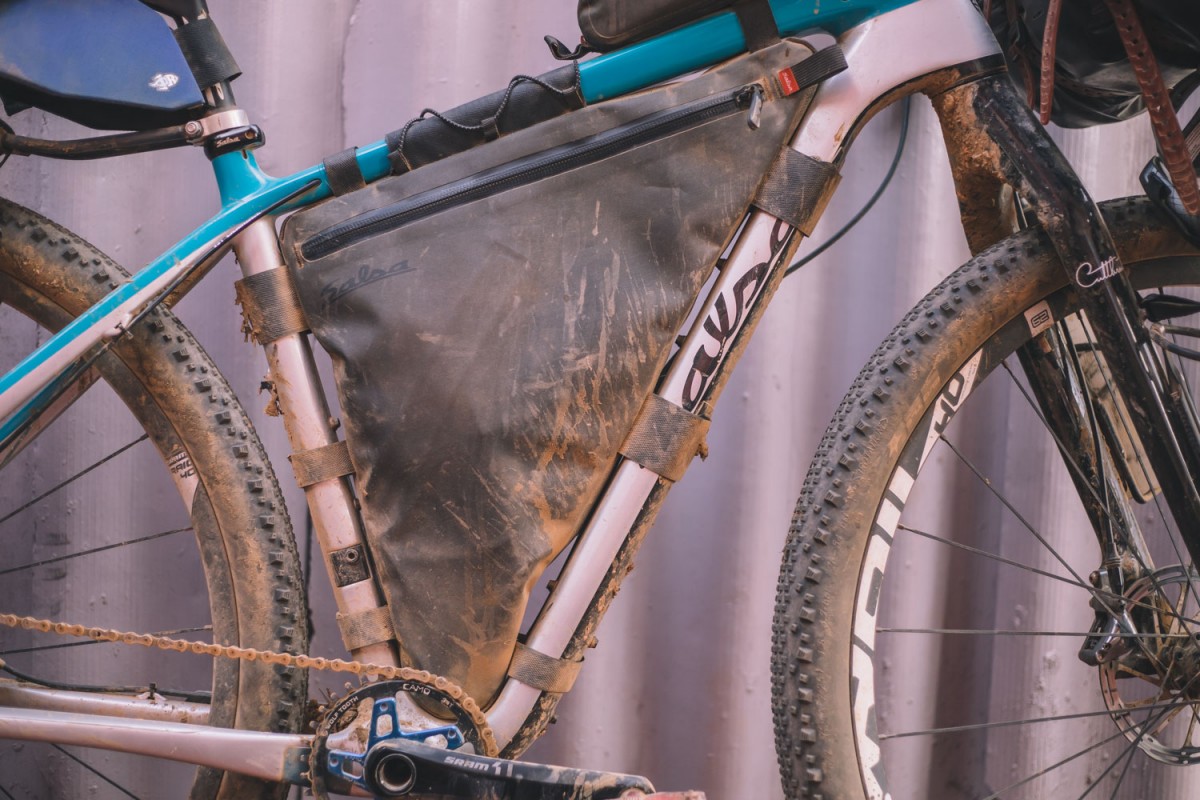
- Model Tested Cutthroat Force X1
- Size Tested Large and Medium
- Color Grey/Teal
- Weight 20 lbs 10 oz for Medium (9.36 kg)
- Place of Manufacture Taiwan
- Price $3,999
- Contact SalsaCycles.com
Pros
- Surprisingly, the Salsa Cutthroat has more chops than one might think. It’s much more than a drop-bar gravel bike, or a fast mountain bike.
- Carbon frame with VRS rear-end + a stable and comfortable geometry + 2.1″ tires = a bike that’s comfortable and perfectly dialed in for long and rough rides.
- Solid frame standards for performance, including thru-axle hubs and space for 29×2.4” tires.
- Massive frame bag space due to the tubing design.
- Plenty of mounts for bottles and cages.
- Overall solid and durable component spec.
Cons
- For me, the gearing range is slightly too high for loaded bikepacking with the 38t x 10-42 cassette.
- PressFit bottom bracket may be a deal breaker for some who are heading abroad, while we experienced no creaking or mechanical issues over thousands of miles.
- The Firestarter fork has the triple bosses pointed a wee bit too far forward to accommodate fork bags such as Andrew The Maker’s Many Things Sack. This also makes removing tall bottles a bit difficult.
- Same goes for the bottle mounts on the underside of the downtube. Due to the location, fitting a large wide-mouth bottle is impossible without tire rub; I opted to use the narrow-top 22oz Klean Kanteen which squeezed in with just a few millimeters to spare.
- At $4k, the Force 1x isn’t cheap. I think it’s money well spent, but perhaps it would be easier on the eyes if it were a little less. There is a Rival 2x edition as well for $3k.
Wrap Up
On the outset, some might see the Salsa Cutthroat as an adventure bike, or something of a gravel bike on steroids. But at its heart, the Cutthroat is indeed a mountain bike… one destined for speed and long rides. And, at its core lies the groundwork for tons of space to carry everything you need on a long adventure. So at this point you might be wondering who the Salsa Cutthroat is for… aside from Tour Dividers or Trans America Trail racers. From my perspective, it’s a niche bicycle whose niche is pretty damn big. Most likely, it’ll find itself at home with two-bike kind of people and some three-bike folks with money to spend. But the short answer is that it’s a great option for anyone interested in long mixed terrain rides who puts a premium on comfort as well as the possibility of tackling trails that veer on and off the gravel roads. And even more so if that someone wants to tackle a race such as the Tour Divide, or even shorter routes like the Trans North Georgia or the NM Off-road Runner.
While on the road, I found the Cutthroat to be a stable, confident, and comfortable bike that performs at its best at high speeds. But it’s also a bike capable of so much more. In both Pisgah and all the random chunder we ran across in Cuba, I never felt like the bike was too much to handle, or not tough enough. It is lightweight, sure-footed, nimble, and descends with confidence. Of course it’s not without fault. No bike is. I have a few grouches, such as the placement of bottle bosses and gearing, but nothing that diminishes my admiration of this bike. It was really hard to say goodbye to this one.
P.S. The title, 983,000 revolutions, is based on the estimated wheel rotations during my ~1400 mile test period with the Salsa Cutthroat. Make sure to read more about our Cuba trip here, and see the route here.
Cuba Gear List
As requested, here is my full gear list from the trip as well:
Bikepacking Bags
Porcelain Rocket Framebag
Revelate Terrapin seat pack
Ortlieb Handlebar Pack and Accessory
Salsa EXP Toptube Bag
Mission Workshop Hauser 14L backpack
Revelate Mountain Feedbag
Clothes (on bike)
NZO Dobies Shorts
Padded undies
Wool Tech T
Wool lightweight socks
5.10 Guide Tennies (flats)
Helmet
Gloves
Clothes (off bike)
Light pants
1 pair boxers
1 pair wool socks
1 cotton T
1 wool long sleeve
1 light button-down shirt
Cap
Montbell Versalite Rain Jacket
Camping/Sleeping
Big Agnes FlyCreek UL3 tent
Enlightened Equipment Enigma 40° quilt
Sea to Summit UL Mat
Big Agnes inflatable pillow
ReVolt Headlamp
Cooking
Can stove (make there)
Titan kettle Ti pot
Ti Spork
Lighter
Rag
GSI squeegee tool
Tools/Spares
Crank Brothers mag Pump
Tire lever
Allen keys (full set)
Chainbreaker
Leatherman
29″ spare tube x1
needle/thread
11sp quicklinks x 2
Patch Kit
4oz sealant
Zip ties
Gorilla tape
Half Roll electrical tape
8oz sealant for initial setup
1 spare set brake pads
Super glue
Electronics/accessories
iPhone/earbuds/USB cable
Crumpler camera insert
Canon 5d
2 lenses
4 spare batteries/charger
SD cards
2 drybags
Cache battery
Essentials
small notebook
2 pencils/eraser
Passport
Debit card
Toiletries (first aid)
Sunscreen
Mountain Money
Ibuprofen
Toothbrush/paste
Tums
Immodium
Antibiotic
Water/Hydration
Liter bottle x 2
MSR Trailshot filter
2L Platy bottle in backpack
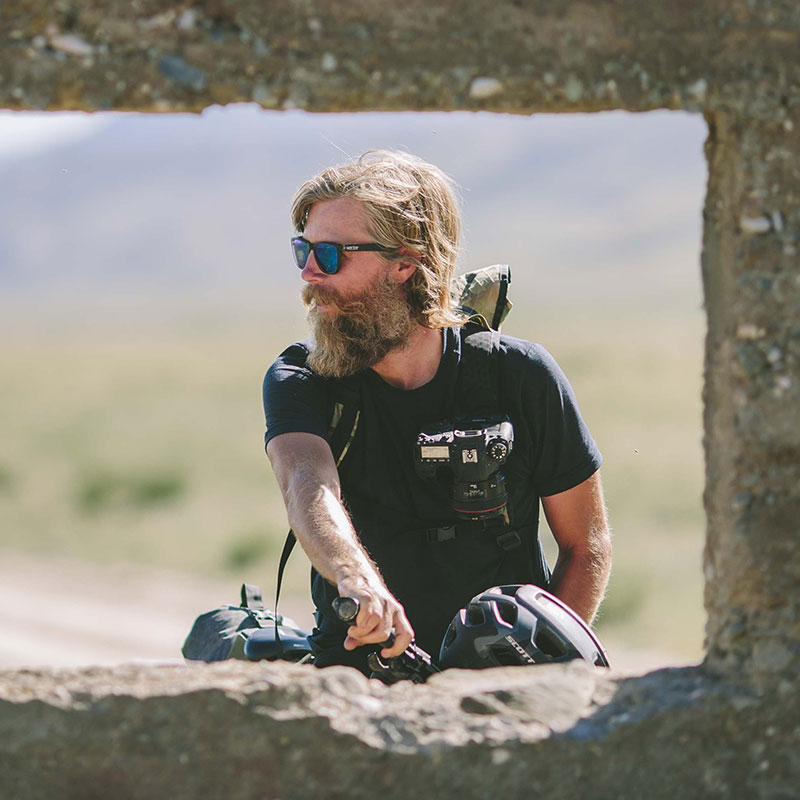
Rider Profile
Between bikepacking trips abroad, Logan can usually be found riding their favorite trails in Pisgah, NC, or tacking together three or four day singletrack-heavy bikepacking trips throughout the eastern US and beyond. Two Salsa Cutthroats were loaned to Logan (size large) and his wife Virginia (medium) for this review.
- Height: 6’0” (183 CM)
- Weight: 170 lbs (77.1 KG)
- Inseam: 33” (83.8 CM)
- Current Location: Pisgah, NC
- Favorite Beer: Anything by Burial
- Favorite Route: Gila River Ramble
Please keep the conversation civil, constructive, and inclusive, or your comment will be removed.







